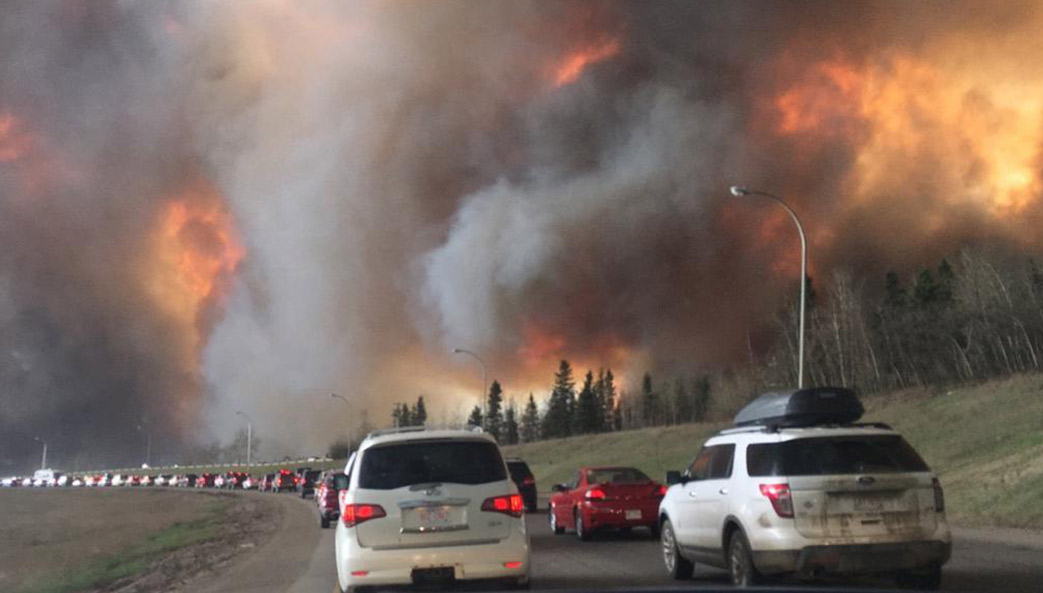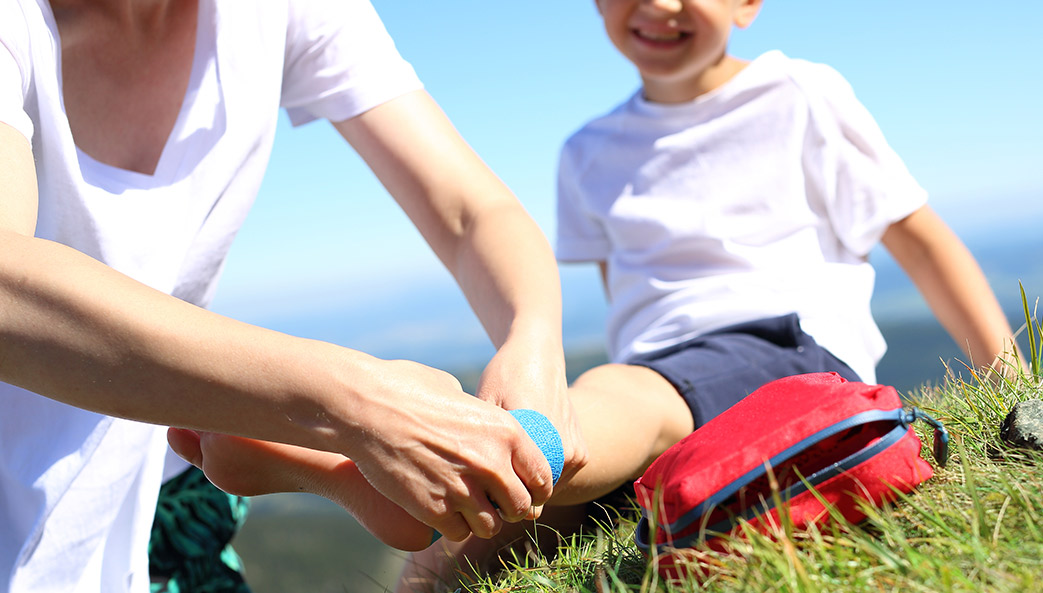In the wake of a natural disaster, displaced families face a number of hardships, and babies and mothers are particularly vulnerable. Their unique feeding needs are often overlooked in disaster relief efforts.
A new UGA study highlights the need for humanitarian aid groups to be trained in safe infant and young child feeding protocols. Following the 2015 earthquake in Nepal, which killed nearly 9,000 people and damaged almost half a million homes, researchers traveled to earthquake relocation camps and interviewed new mothers about their experiences.
Exclusive breastfeeding is recognized as the safest form of infant feeding for babies under 6 months old, but the team found that emergency responders were handing out formula without assessment or lactation support. Feeding bottles can easily be contaminated with bacteria, leading to serious health consequences and even death.
“Unfortunately, it’s a rampant problem in the post-disaster context,” says Sarah E. DeYoung, an assistant professor of health policy and management in the College of Public Health. “Groups bring formula and hand it to everyone without asking, and then mothers have this perception that bottle feeding is the thing to do because they’re receiving formula in their humanitarian packets.”
This brief appeared in the fall 2018 issue of Research Magazine. The original press release is available at https://news.uga.edu/safe-infant-feeding-during-disaster/.





